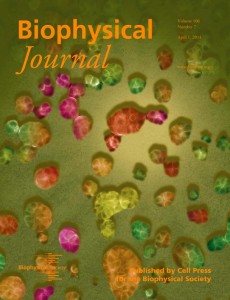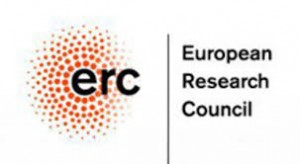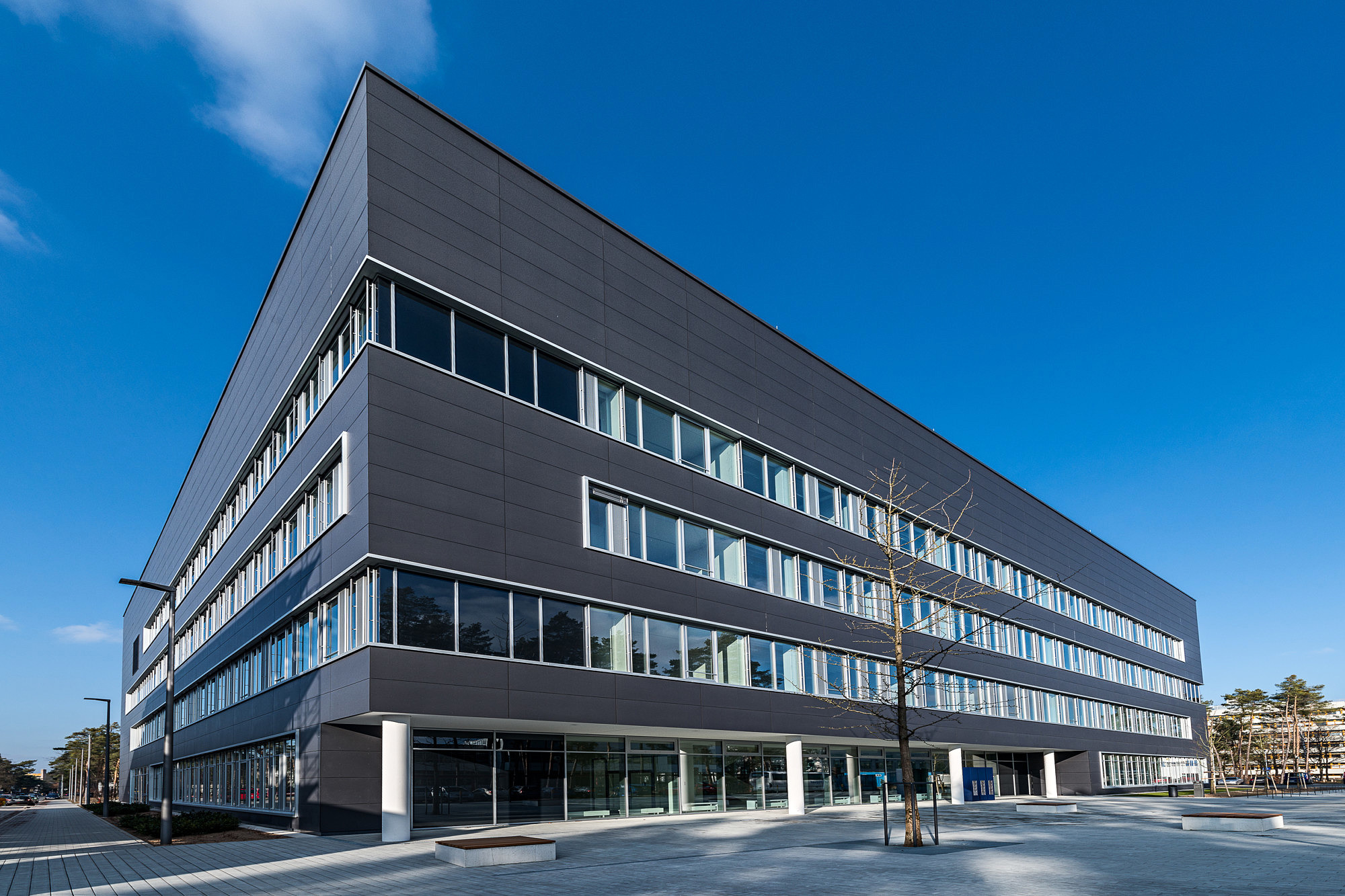Physics of tissue development
Introduction While it is well established that individual cells can sense and react to mechanical cues from the environment, the interaction between mechanical and biochemical signals in tissues is poorly explored. It has been demonstrated that the cytoskeleton organization changes during tissue development, which is connected to the capacity of cells to migrate and divide. Tissues of very different morphology develop on soft and hard substrates. The elasticity of tumour cells is significantly different from that of normal cells. The coupling to the mechanical environment is considered to be crucial for understanding processes involving tissue growth including morphogenesis, cancer development and metastasis or wound healing. However, the underlying mechanisms for the tissue response are yet to be identified.
While it is well established that individual cells can sense and react to mechanical cues from the environment, the interaction between mechanical and biochemical signals in tissues is poorly explored. It has been demonstrated that the cytoskeleton organization changes during tissue development, which is connected to the capacity of cells to migrate and divide. Tissues of very different morphology develop on soft and hard substrates. The elasticity of tumour cells is significantly different from that of normal cells. The coupling to the mechanical environment is considered to be crucial for understanding processes involving tissue growth including morphogenesis, cancer development and metastasis or wound healing. However, the underlying mechanisms for the tissue response are yet to be identified.
Our research
We study the development and compartmentalization of model epithelial tissues in mechanically and physically distinct environments. We use advanced imaging techniques to study the subcellular organization of players involved in mechano-transduction and analyze it on the level of millimeter large colonies containing millions of cells. This involves the development of high through-put image analysis programs. With the help of these we obtain fully converged, statistical distributions for the studied processes, which allow us to construct simple models for tissue growth.
Collaborations
Fruitful transfer of knowledge in experimental techniques is established with the groups of F. Rehfeld (Göttingen, DE) and D. Duziak (FAU, Erlangen, DE).
People

Research highlights
Novel Growth Regime of MDCK II Model Tissues on Soft Substrates
- We find that tissue growth of tissues on very soft and hard substrates results in very different morphology and organization of cells within the colony.
Funding

